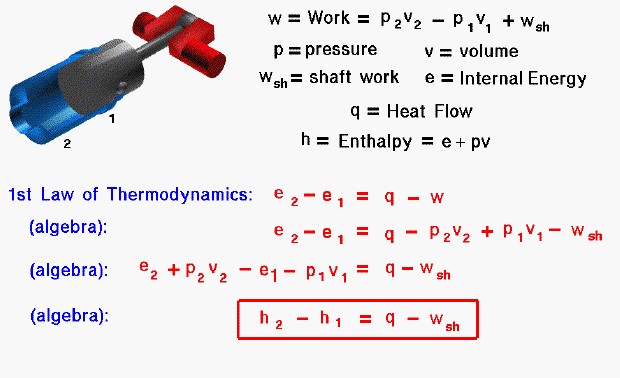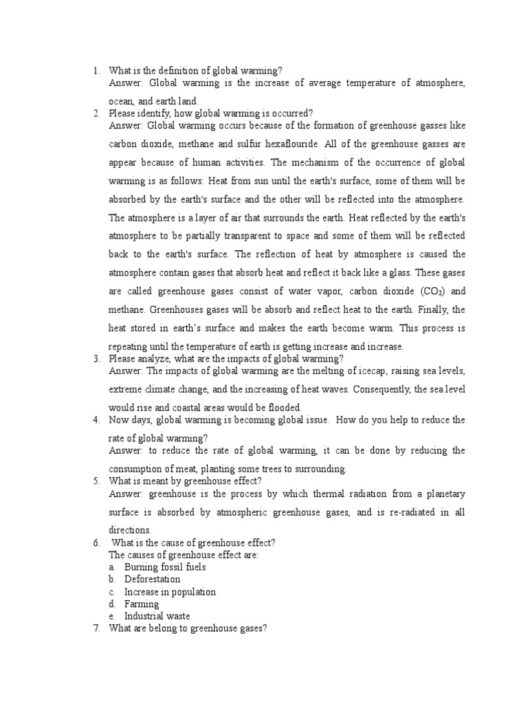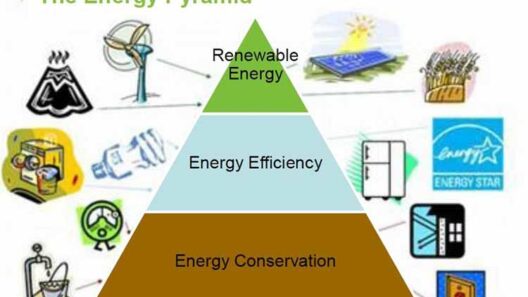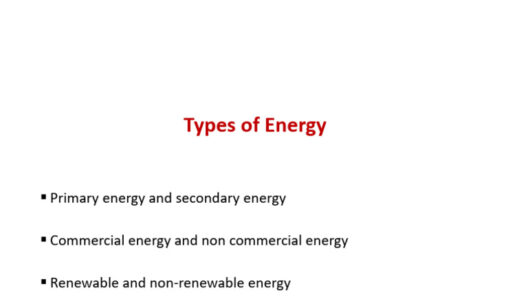Have you ever wondered how an old metal pot can boil water over a fire so efficiently? This straightforward question is rooted in the foundational concept of energy conservation. The principle of conservation of energy asserts that energy cannot be created or destroyed; it can only be transformed from one form to another. Understanding when to apply this principle can have profound implications in various fields such as engineering, environmental science, and everyday life.
This beginner’s guide aims to clarify the application of the conservation of energy principle. Can you navigate the nuances of energy conservation? The challenge lies in discerning when and how to employ this fundamental law in real-world scenarios. Let’s delve into the intricacies of energy conservation, beginning with its foundational concepts.
Understanding Energy
Energy is often categorized into various forms, including kinetic, potential, thermal, chemical, and electrical energy. The idea that these forms can interchange is central to the conservation of energy principle. For instance, when a car accelerates down a hill, potential energy is transformed into kinetic energy, propelling the vehicle forward. Recognizing these transformations is crucial when attempting to determine how energy conservation can be applied in various settings.
But how do we quantify energy in these different forms? Units of measurement, such as joules or calories, are essential for calculations. Understanding these units allows one to measure energy more precisely, making it easier to identify when energy is being conserved or dissipated. Energy efficiency plays a vital role here, as optimizing energy use can mitigate environmental impacts.
When to Apply the Conservation of Energy Principle
The conservation of energy principle is most applicable in closed systems where energy transfer occurs without any external influence. Everyday examples abound: a swinging pendulum, a roller coaster, or even a bicycle tire rotating. Analyzing these situations requires observing how energy transitions occur among potential and kinetic forms.
However, what if an external force is at play? Can energy conservation still be applicable? This introduces the concept of open systems. The conservation principle must then be adjusted to consider energy entering or leaving the system. In these scenarios, one would typically analyze the net energy within the system to understand how conservation principles apply effectively.
This also opens discussions around energy loss, often in the form of heat due to friction or air resistance. Notably, thermal energy can dissipate rapidly into the environment, thus rendering energy conservation calculations more complex. The awareness of such factors is critical for anyone looking to maximize energy conservations, particularly in engineering and architectural contexts.
Real-World Applications of Energy Conservation
Understanding energy conservation extends beyond theoretical applications; it has significant implications in environmental science and sustainability. For instance, energy conservation is at the heart of many green technologies, like solar panels or wind turbines. These technologies harness nature’s energy via transformations, aiming to minimize waste and maximize efficiency.
In your daily life, contemplate the function of energy conservation in household appliances. When considering purchasing a new oven or refrigerator, energy efficiency ratings can direct your choices. The Energy Star label indicates that an appliance reduces energy consumption while maintaining performance. By employing this knowledge, you contribute to broader efforts to combat climate change.
Challenges and Limitations
Moreover, transitioning to a sustainable economy is an ongoing challenge. The conservation of energy principle can mitigate adverse climate effects, but widespread adaptation requires collaborative efforts across industries and societies. Shifting to renewable energy sources is essential; however, it involves intricate knowledge of energy transactions and lifecycle impacts.
A Practical Approach to Energy Conservation
Incorporate conservation principles into transportation choices. Think about the efficiency of vehicles or the benefits of public transit systems. Every small action contributes to a larger movement towards sustainability.
Conclusion
By being cognizant of energy dynamics and challenges, we take a significant step towards transforming our relationship with energy, environment, and the lasting impact of our decisions on the planet. Let the conservation of energy be your guiding principle on this journey.








